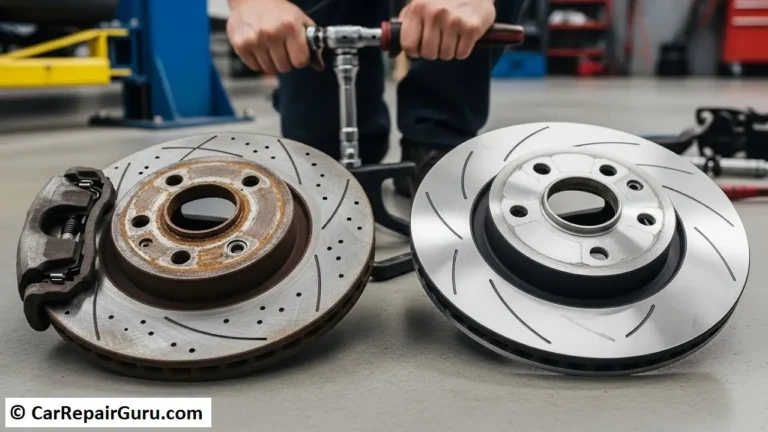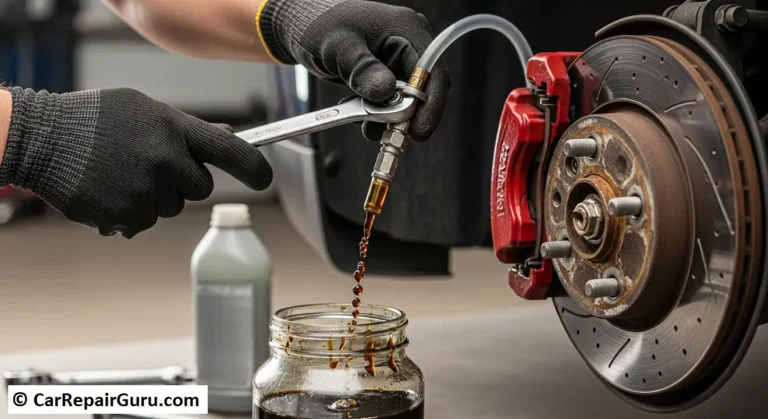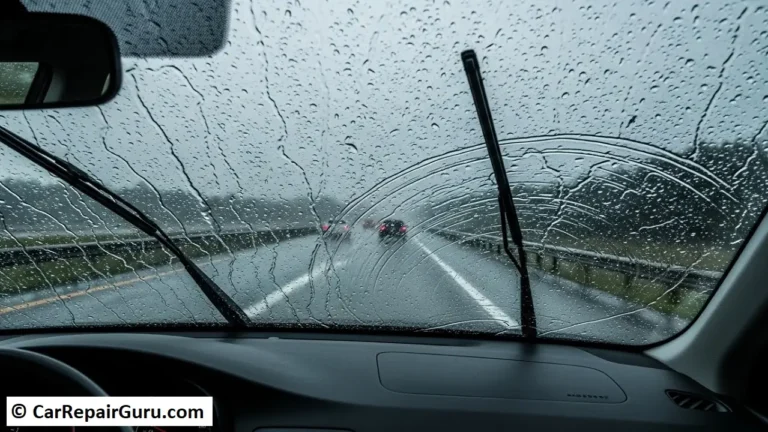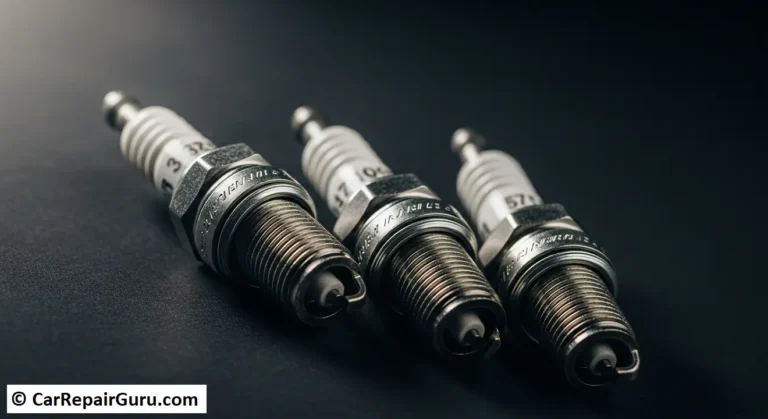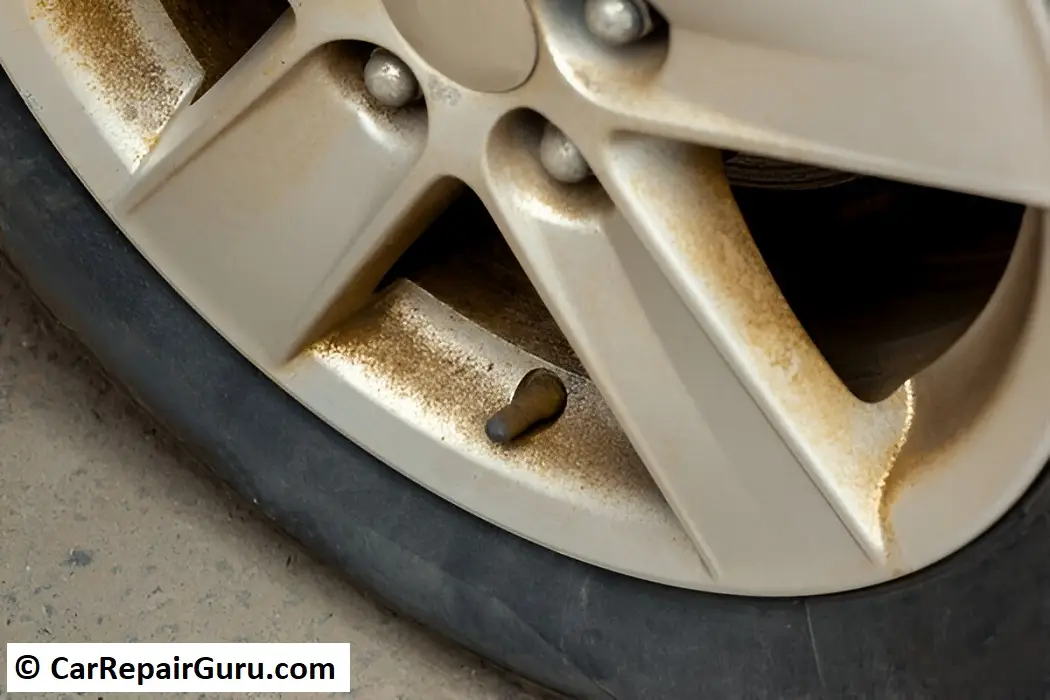
Brake dust is a fine, powdery substance that accumulates on your vehicle’s wheels, brakes, and surrounding areas. It primarily consists of tiny particles produced by the friction between brake pads and rotors. These particles often include metals such as iron, carbon, and even compounds from the brake pad adhesive. Over time, brake dust becomes visible as a dark layer on wheels, detracting from your car’s appearance.
Understanding brake dust is essential for more than just aesthetics. Left untreated, it can corrode your wheels, reduce braking efficiency, and even pose health risks due to airborne particles. For drivers, being informed about brake dust means taking proactive steps to maintain vehicle performance and ensure personal and environmental safety.
By addressing brake dust effectively, you protect your car’s value, ensure safer driving conditions, and reduce potential exposure to harmful pollutants. Let’s explore the causes, effects, and solutions to this common issue.
Causes of Brake Dust
Brake dust forms as a natural byproduct of the braking process. When you press the brake pedal, the brake pads are forced against the rotors to create the friction necessary to slow down or stop your vehicle. This friction generates heat and wears down the surfaces of both the brake pads and rotors, producing fine particles known as brake dust. These particles can cling to nearby components, particularly the wheels, where they are most noticeable.
Several factors influence the amount of brake dust produced:
- Brake Pad Materials:
Brake pads are made from various materials, including organic, metallic, and ceramic compounds. Metallic brake pads, while durable, tend to produce more dust compared to ceramic pads. Ceramic brake pads are a popular choice for drivers seeking low-dust options, as they break down more cleanly during use. - Driving Habits:
Aggressive driving habits, such as frequent hard braking or stop-and-go traffic, increase brake dust production. The harder and more often you brake, the more friction and heat are generated, accelerating wear on the brake pads and rotors. - Vehicle Weight and Design:
Heavier vehicles, such as SUVs and trucks, naturally place more strain on the braking system, leading to increased dust generation. Additionally, the design of the braking system can affect how dust accumulates or disperses. - Environment:
Driving conditions also play a role. For instance, hilly terrain requires more frequent braking, while urban environments with traffic congestion can lead to higher dust accumulation.
By understanding what causes brake dust, you can make informed decisions about your braking system, driving habits, and maintenance routines to minimize its effects and prolong the life of your vehicle components.
Effects of Brake Dust
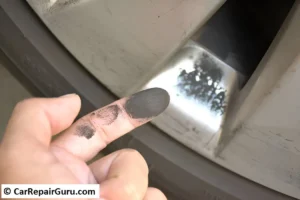
Brake dust doesn’t just affect the appearance of your vehicle; it can have far-reaching consequences for your car’s components, your health, and the environment. Understanding these impacts can help you take the necessary steps to minimize its effects.
Impact on Vehicle Components
- Potential Damage to Alloy Wheels:
Brake dust contains metal particles and other abrasive compounds that can become corrosive when exposed to moisture and heat. Over time, the buildup of brake dust on alloy wheels can cause discoloration, pitting, and even permanent damage to the finish. If not cleaned regularly, this corrosion can lead to costly repairs or replacements. - Influence on Braking Performance:
Excessive brake dust accumulation can interfere with the brake system’s efficiency. When the dust covers the rotors or brake pads, it may reduce friction, leading to diminished braking performance. In severe cases, this can pose safety risks, especially during sudden stops or emergency braking situations.
Health Implications
- Exposure Risks:
Brake dust particles are tiny enough to become airborne, especially during braking or when cleaning wheels. These particles may include harmful materials like asbestos (in older vehicles) and heavy metals, which can be inhaled. Long-term exposure to these fine particles has been linked to respiratory issues and other health concerns, particularly for individuals with pre-existing conditions like asthma or chronic bronchitis. - Environmental Concerns:
Brake dust contributes to particulate pollution, which is harmful to the environment. Once airborne, these particles can settle in soil and water, potentially affecting ecosystems and wildlife. As brake dust accumulates on roads, it is washed into waterways during rain, adding to the growing problem of urban runoff pollution.
By understanding the effects of brake dust on vehicle components, health, and the environment, you can take proactive steps such as regular cleaning, choosing low-dust brake pads, and adopting better driving habits to mitigate its impact.
How to Clean Brake Dust
Brake dust can quickly accumulate on your wheels, diminishing your vehicle’s appearance and potentially causing damage if left untreated. Proper cleaning and prevention methods ensure your wheels stay in top condition and free from harmful buildup.
Recommended Cleaning Methods
- Use of Appropriate Brake Dust Cleaners and Tools:
- Choose a brake dust cleaner specifically designed for wheels. These cleaners are formulated to break down brake dust without damaging the wheel’s finish.
- Use a soft-bristled brush to loosen stubborn particles without scratching the surface.
- Microfiber cloths or wheel mitts can be used for wiping off residue.
- Step-by-Step Guide to Safely Removing Brake Dust from Wheels:
- Preparation:
- Park the car in a shaded area to prevent the cleaner from drying too quickly.
- Allow the wheels to cool down to avoid heat damage during cleaning.
- Apply the Cleaner:
- Spray the brake dust cleaner evenly over the wheels, ensuring all areas are covered. Let it sit for the time specified on the product label.
- Scrub Gently:
- Use a wheel brush to scrub the cleaner into the wheel surface, paying attention to crevices and lug nut areas.
- Rinse Thoroughly:
- Rinse the wheels with clean water to wash away loosened dust and cleaner. Repeat the process if necessary.
- Dry the Wheels:
- Use a microfiber towel to dry the wheels completely, preventing water spots.
- Preparation:
Preventive Measures
- Application of Brake Dust Shields and Repellents:
- Brake dust shields are installed behind the wheels to block dust from settling on the wheel surface.
- Spray-on brake dust repellents can create a protective barrier, making future cleaning easier.
- Consideration of Low-Dust Brake Pads:
- Switching to ceramic or low-dust brake pads significantly reduces the amount of brake dust generated. While they may have a higher initial cost, their benefits in reducing maintenance are worth the investment.
By following these cleaning and prevention methods, you can maintain the appearance and functionality of your wheels while minimizing the impact of brake dust. Regular maintenance not only saves time and money but also enhances your vehicle’s overall performance and longevity.
Preventing Excessive Brake Dust
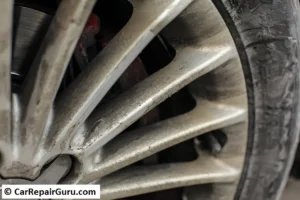
Minimizing brake dust not only keeps your wheels looking clean but also helps maintain the efficiency of your braking system. By considering the materials in your brake system and adopting effective maintenance and driving habits, you can significantly reduce brake dust accumulation.
Material Considerations
- Ceramic vs. Metallic Brake Pads:
- Ceramic Brake Pads: These pads are engineered to produce less dust compared to their metallic counterparts. The dust they generate is lighter and less likely to cling to wheels, making them an excellent choice for drivers prioritizing cleanliness and longevity. Ceramic pads also tend to last longer and operate more quietly.
- Metallic Brake Pads: While more durable and cost-effective, metallic pads produce heavier and darker dust that is more noticeable and harder to clean. They are often used in high-performance vehicles but may require more frequent maintenance to manage dust buildup.
Maintenance Tips
- Regular Inspection and Cleaning Routines:
- Inspect your wheels and braking system regularly to identify early signs of excessive dust buildup. Cleaning your wheels weekly using brake dust-specific cleaners prevents accumulation and potential corrosion.
- Waxing your wheels with a protective sealant can create a barrier that repels brake dust, making cleaning easier.
- Adopting Driving Habits That Minimize Brake Dust Generation:
- Practice smoother braking by anticipating stops and decelerating gradually instead of hard braking. This reduces the friction and heat that generate brake dust.
- Avoid excessive stop-and-go traffic when possible, as constant braking accelerates wear on brake pads and increases dust production.
By combining high-quality materials like ceramic brake pads with regular maintenance and mindful driving, you can effectively prevent excessive brake dust. These steps not only protect your wheels but also ensure better performance and a longer lifespan for your braking system.
Conclusion
Brake dust is an inevitable byproduct of your vehicle’s braking system, but its impact extends beyond aesthetics. It can corrode alloy wheels, reduce braking efficiency, and pose potential health and environmental risks. Understanding the causes of brake dust, such as material composition and driving habits, empowers vehicle owners to take effective action against its buildup.
Regular cleaning with appropriate tools and products ensures your wheels remain in top condition, while preventive measures like using ceramic brake pads or applying dust shields can significantly reduce accumulation. Adopting smoother driving habits also minimizes dust generation, enhancing the lifespan of your braking system.
Managing brake dust isn’t just about maintaining your vehicle’s appearance; it’s crucial for its longevity and your personal well-being. By staying proactive, you can protect your investment, ensure safer driving, and reduce exposure to harmful pollutants for a cleaner and healthier environment.
FAQ About Brake Dust
What is brake dust made of?
Brake dust is made up of particles from the wear of brake pads and rotors, including metals like iron and steel, along with carbon and adhesives. Some dust may also contain copper, lead, or ceramic particles, all of which can be abrasive to vehicle surfaces.
Is brake dust harmful to health?
Yes, inhaling brake dust can cause respiratory issues and long-term health risks, especially with metals like copper and lead. It’s important to clean brake dust in a well-ventilated area and wear protective gear.
How often should I clean brake dust off my wheels?
Clean brake dust off your wheels at least once a week or whenever it becomes visible. Vehicles in stop-and-go traffic may need more frequent cleaning to prevent buildup and corrosion.
Can brake dust damage my car’s paint?
Yes, brake dust can damage the paint if left on for too long. The metallic particles can embed in the paint, leading to stains or corrosion. Regular washing and protective waxing can help prevent this.
What are the best products to remove brake dust?
Use pH-balanced brake dust cleaners, soft-bristled brushes, and microfiber cloths for effective cleaning. Applying a wheel wax or sealant afterward helps protect against future dust buildup.
Following these guidelines can help you maintain a cleaner, safer, and more efficient vehicle.
